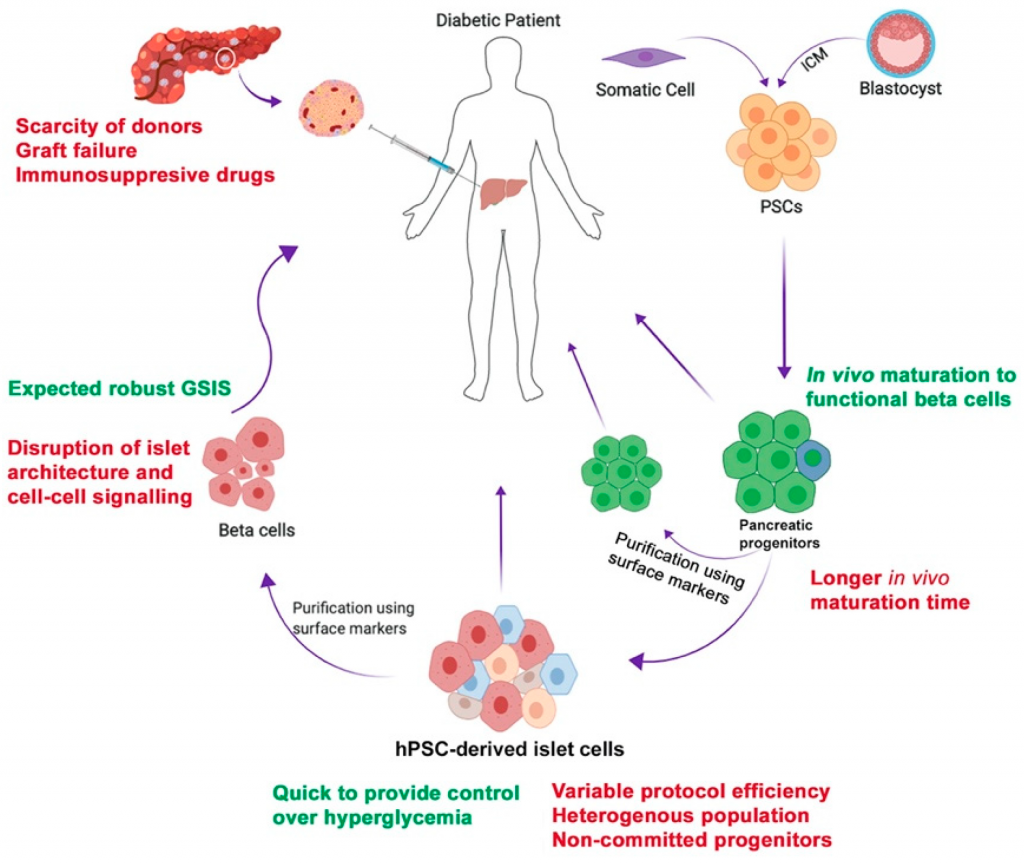

Unlike nociceptive pain, NP is typically characterized by positive (enhanced somatosensory function) and negative (loss of somatosensory function) sensory symptoms and signs, including burning pain, evoked pain, and abnormal temporal summation. Chronic peripheral neuropathic pain is caused by pathological changes or diseases of the peripheral somatosensory nervous system, which mainly includes trigeminal neuralgia, chronic neuropathic pain after peripheral nerve injury, painful polyneuropathy, postherpetic neuralgia, and other specified and unspecified chronic peripheral neuropathic pain, while chronic central neuropathic pain is caused by central somatosensory nervous system damage or diseases, including chronic central neuropathic pain associated with spinal cord injury, chronic central neuropathic pain associated with brain injury, chronic central poststroke pain, chronic central neuropathic pain caused by multiple sclerosis, and other specified and unspecified chronic central neuropathic pain. In 2019, the International Association for the Study of Pain (IASP) made a detailed classification of NP, dividing it into chronic peripheral neuropathic pain and chronic central neuropathic pain. This kind of pain is usually observed in the innervated area of the body with a damaged nervous system structure (projection pain). Neuropathic pain is defined as pain caused by damage or disease of the somatosensory nervous system. Classification, Clinical Manifestations, and Diagnosis of Neuropathic Pain As a novel treatment, stem cell therapy has achieved remarkable results in the preclinical study of NP. Despite a high prevalence of NP, there is a lack of effective treatment for NP in modern medicine. Neuropathic pain (NP) is pain caused by injury or disease of the somatosensory nervous system, which accounts for 20 to 25% of patients with chronic pain its prevalence rate in the general population may be as high as 7 to 8%. Its prevalence rate is about 11 to 19% of the adult population. Chronic pain is defined as pain that persists or recurs for more than 3 months. Normal pain is essential to an individual’s risk perception and hazard avoidance. Pain is the body’s response to external injury or internal disease. We found that the multiple-mechanism approach was different from the single mechanism of routine clinical drugs stem cells play a role in peripheral mechanism, central mechanism, and disinhibition of spinal cord level that lead to neuropathic pain, so they are more effective in analgesia and treatment of neuropathic pain.

We analyzed and summarized the general efficacy and mechanism of stem cells in the treatment of neuropathic pain.
Stem cell treatment for neuropathy trial#
In this review, we briefly introduce the neuropathic pain, the current treatment strategy, and the development of stem cell therapy, and we collected the experimental and clinical trial articles of many kinds of stem cells in the treatment of neuropathic pain from the past ten years.

Recently, research on the treatment of NP by stem cells is increasing and promising results have been achieved in preclinical research. Owing to the complex mechanism, conventional painkillers lack effectiveness. Its prominent symptoms are spontaneous pain, hyperalgesia, and allodynia, and the sense of pain is extremely strong. Neuropathic pain (NP) is pain caused by somatosensory nervous system injury or disease.


 0 kommentar(er)
0 kommentar(er)
